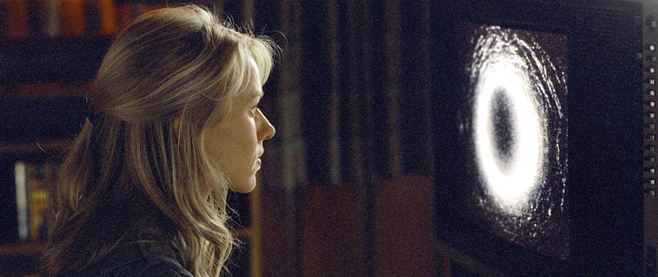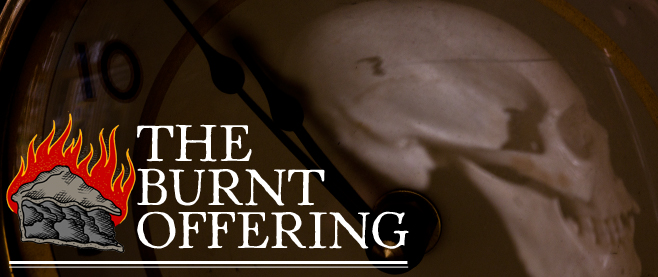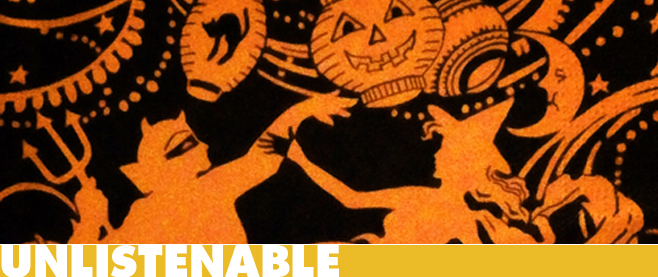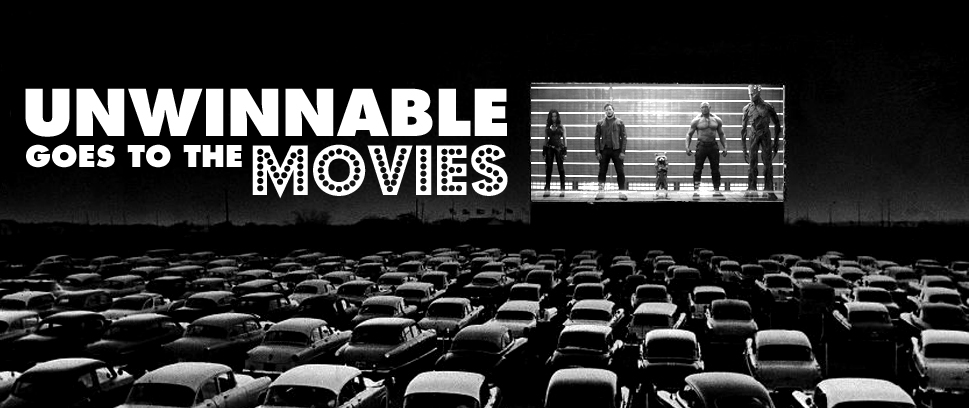
Blair Witch is the Embodiment of Cinema in 2016
Whatever you think of The Blair Witch Project, when it arrived in 1999 it transformed horror cinema. So much so that 17 years later we’re still awash in found-footage — never mind saying ‘Candyman’ into the mirror five times, the best way to guarantee some supernatural nasty will attack you these days is just to go outside holding a video camera.
Part of the reason for that lasting legacy — other than one of the best cinematic marketing campaigns of all time — is the fact that The Blair Witch Project was so unlike anything else at the time. In embracing found-footage, never (ever) showing its monster, and ending so abruptly you’d be forgiven for thinking the cinema lost a reel, it didn’t just ignore the horror rulebook — it wrote its own.
That’s clearly not what new sequel Blair Witch, scary as it is (and it is utterly terrifying) sets out to do. It feels less like a mission statement for horror to come, and more a summary of what the genre’s been up to since the turn of the millennium.
This is a sequel in the vein of The Force Awakens, consciously echoing and mirroring its forebear, lifting its structure wholesale, at times even recreating whole scenes. That leaves writer Simon Barrett and director Adam Wingard stuck coloring within the lines laid out back in 1999: there’s got to be a camping trip, pointless bickering, creepy stick figures, and that rather sinister house at the end of it all.
Within those confines, Barrett and Wingard put their own stamp on the material though, literally warping time and space to give themselves new space to work in. Where The Blair Witch Project was tense and sparse, Blair Witch is explosive, kicking off around the halfway mark and never pausing for breath until the bloody (and, naturally, abrupt) ending.
Some of that comes down to simply finding new ways to explore the ideas laid out in the first film, but more than anything, Blair Witch feels emblematic of a very modern style of horror — the platonic ideal of the 2016 horror movie. There’s that relentless, breathless pace. The jump scares doled out with enthusiasm. The deafening sound mix, which expertly turns every click and beep of the (HD, digital) cameras into a new fright. The insistence on spelling out parts of the mythology left unexplained before, no doubt part of plans to turn this into the ultimate ideal of cinema in the 2010s: the annual shared universe franchise.
All of this might sound like I’m getting down on the film, but I’m really not. I loved it. It was the most scared I’ve been in the cinema for as long as I can remember, and I stumbled out into the mid-afternoon glare of London in a daze afterwards, heart still racing. It’s an astonishing piece of cinema, but unlike The Blair Witch Project, it’s not a game-changer. It won’t change the face of horror or inspire a wave of copycats. This isn’t the future of horror, it’s its present. It’s 2016 embodied: brash, loud, frenetic, and built to be a franchise. And for all that, it’s brilliant.





